SUMMARY
This is AI generated summarization, which may have errors. For context, always refer to the full article.

CAGAYAN DE ORO, Philippines – If he could have it his way, Journalism Studies Association of the Philippines (JSAP) trustee Jamal Ashley Abbas would have former president Gloria Macapagal Arroyo indicted as a principal by inducement in connection with the infamous 2009 Maguindanao Massacre.
It was the Arroyo administration, he said, which turned the late former Maguindanao governor Andal Ampatuan Sr. into a mega-political warlord in Mindanao more than a decade ago.
Ampatuan was the patriarch of a political dynasty in the then-undivided Maguindanao province that was blamed for the orgy of killings 13 years ago in the town that bears the clan’s surname.
He died in detention in 2015 before a regional court could convict 44 of the nearly 200 people, including his sons, who stood on trial for the November 23, 2009 massacre – a pre-election violence that became known as the single deadliest attack on journalists so far in history. Several dozen others remain at large.

More than half or 32 of the 58 people killed that day were media workers who joined a convoy that was heading to a Commission on Elections (Comelec) office to register then Buluan vice mayor Esmael “Toto” Mangudadatu as a gubernatorial candidate.
Mangudadatu dared to challenge Ampatuan’s son and namesake Andal Jr. and for that, the convoy never reached its destination.
Andal Jr., who was the mayor of Datu Unsay town then, was bent on becoming the governor of Maguindanao like his father, and Mangudadatu was standing in his way.
Intentionally or not, the Mangudadatu convoy was, by itself, a subtle statement against the Ampatuans and their political leadership.
In 2019 Maguindanao, the impoverished province was like a kingdom. The governor was king; members of his family were royalty – and everyone around them was their subject.
There, motorists got off the road to park so as not to get fired at for slowing down oncoming convoys that they associated with their rulers.
Feeling of impunity
Carlos H. Conde, a senior researcher of the New York-based non-governmental organization Human Rights Watch (HRW), said on Tuesday, November 22, that the Ampatuans had cultivated their immense power in Maguindanao even before the Arroyo administration, but it was under her that they really amassed so much power.
Conde said the enabling by the government of the Ampatuans was the main factor that created the environment that led to the massacre.
He said, “The brutality, the manner the massacre was carried out can only be explained by the feeling of impunity the Ampatuans felt at the time because they were confident that, under Arroyo, they could get away with it.”
Conde said the 2009 massacre would have taken place even without the journalists in the Mangudadatu convoy because of the sense of impunity among the perpetrators which was thorough and overpowering.
He told Rappler that “the media toll was incidental because they were not specifically singled out, I think. The Ampatuans were intent on stopping the Comelec registration no matter what and the calculation by the Mangudadatus that the presence of media would shield them from violence was obviously totally wrong.”

Conde added, “That sort of mindset of being able to get away with even the most sordid of crimes can only be attributed to an enablement that took years, even decades, to develop. And that enablement can only happen in a political culture that is dysfunctional and rotten to the core.”
Making of a warlord
Andal Sr.’s rise to power can be traced back to the first Marcos administration. It was the late dictator Ferdinand E. Marcos who appointed him mayor of what is now the town of Shariff Aguak.
He was behind a militia group that the government used against the Moro rebellion.
But not until 2001, the year Arroyo ascended to the presidency following the ouster of actor-turned-president Joseph Estrada, did the Ampatuan patriarch solidify his hold on power in Maguindanao and subsequently, the predominantly Muslim region through his regional governor-son Zaldy four years later.
“This (massacre) could not have happened if Gloria Macapagal Arroyo did not fully fund, and fully support Ampatuan with super ammunition,” Abbas told an online forum on the Maguindanao Massacre organized by Philippine Press Institute (PPI) and JSAP on Friday, November 18.
Abbas added, “Why not indict the mastermind, GMA (Arroyo), who created Andal Ampatuan? He was not a huge, mega-warlord before. No way. It was GMA who made him… Without government support, we would not have a super warlord like Andal Ampatuan.”
He cited the arms cache found in the Ampatuan mansion days following the massacre which, he noted, had government markings.
Froilan Gallardo, one of the first journalists to go to Maguindanao for post-massacre coverage, remembered seeing several dozen boxes of ammunition for high-powered machine guns when authorities combed the Ampatuan mansion and warehouse.
Many of the seized guns and bullets, Gallardo said, turned out to be government-owned.
From militias to private armies
Abbas said it was not the first time the government created a warlord.
“In Mindanao, that has always been the case,” he said.
In the late 1960s and 1970s, the first Marcos administration used the so-called Ilaga (rat), a group mainly composed of anti-Moro settlers from the Visayas, to serve as a militia group against a growing Moro dissent.
The fanatical group was behind a string of massacres that killed hundreds of innocent civilians, including the 1971 slaughter of women, children, and the elderly in a mosque in Cotabato province.
In defense and as a response to the atrocities blamed on the government, Moro clans formed groups such as the Blackshirts and Barracudas “which gave rise to the Bangsamoro Revolution,” said Abbas.
Abbas said there were other civilian armed groups the first Marcos administration created to help in quelling the growing Moro secessionist movement in Mindanao.
But in the process, the militia groups enabled the rise of political dynasties of the very people who led them.
The militias continued during the succeeding administrations and received a boost when Arroyo issued Executive Order No. 546 in 2006 which allowed local officials to arm civilian volunteers supposedly to fight rebels.
Part of Arroyo’s 2006 order read: “In the exercise of its responsibility, subject to the concurrence of the appropriate Local Chief Executive through the Local Peace and Order Council, the PNP (Philippine National Police) is hereby authorized to deputize the barangay tanods as force multipliers in the implementation of the peace and order plan in the area.”
Abbas said EO 546 was used by the Ampatuans to further tighten their political grip on Maguindanao and the autonomous region.
“Arroyo and the DND (Department of National Defense) supported the creation of armed civilian groups,” said Abbas.
The militia group in Maguindanao, he said, became the private army of the Ampatuans.
Different rulers, same environment
Not much has changed in the poverty-stricken Maguindanao 13 years after the massacre except that the Ampatuans are no longer on top of the political food chain – and the political territory became two impoverished provinces ruled by other political dynasties.
The province was recently split into two – Maguindanao del Sur and Maguindanao del Norte – that are each ruled by other old political families. Like the Ampatuans, they have cultivated their immense powers through the years.
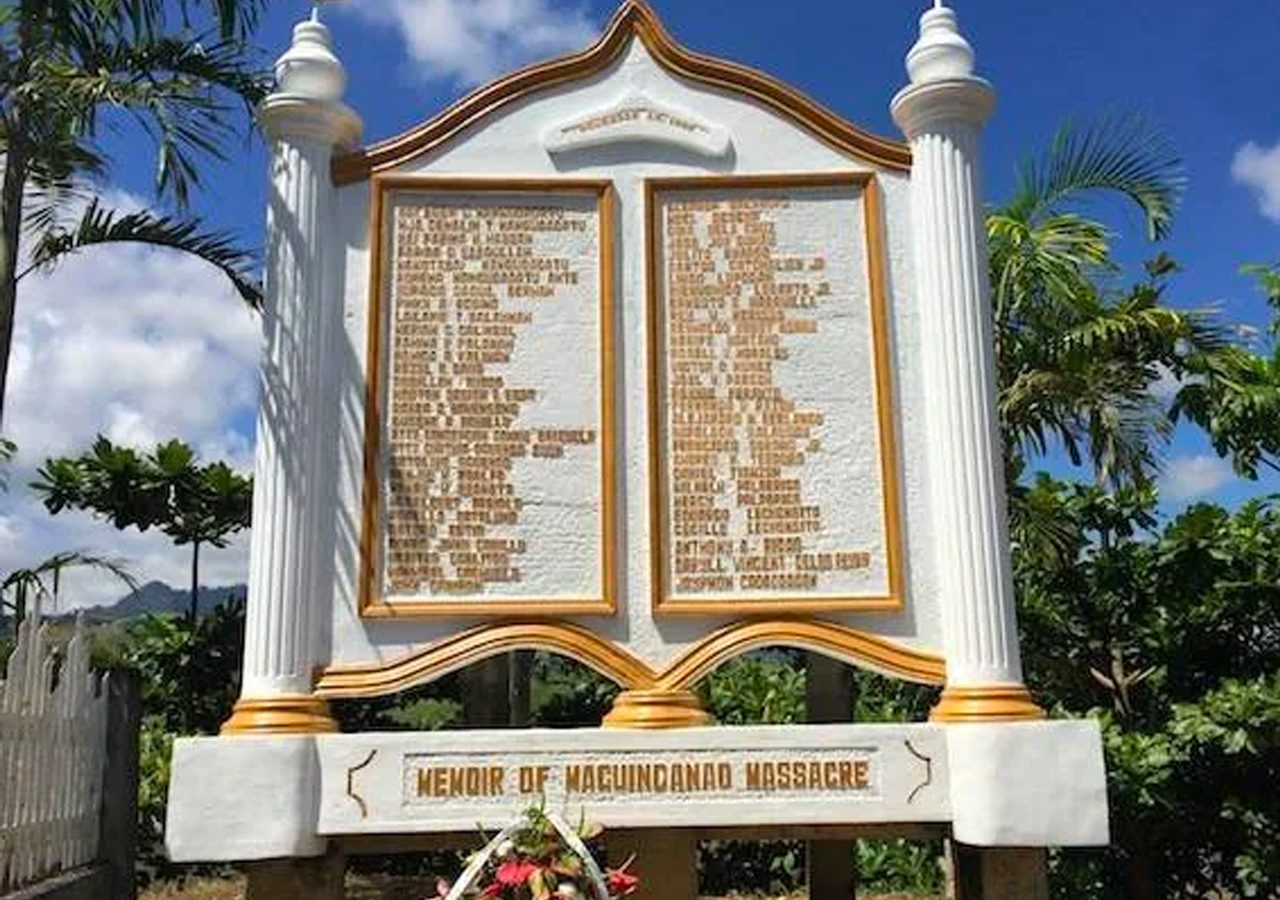
“The political dynasties and private armed groups are still there,” National Union of Journalists of the Philippines (NUJP) chairman Jonathan de Santos said on Monday, November 21.
De Santos said it was the private army of a political dynasty with the backing of Malacañang, and the intense political rivalry at the time that mainly factored in the Maguindanao Massacre – conditions that create the environment for brutality and crimes such as that.
Abbas said, “We can’t continue doing things like that.”
Conde warned that a crime such as what the world saw in Maguindanao could very well happen again under the same conditions that breed impunity.
“So the challenge is for the government to dismantle the structures that allowed this environment to thrive. Ultimately, the key to preventing a massacre is to ensure accountability not just for the Maguindanao Massacre but also abuses by paramilitary groups and militias,” said Conde. – Rappler.com
Add a comment
How does this make you feel?

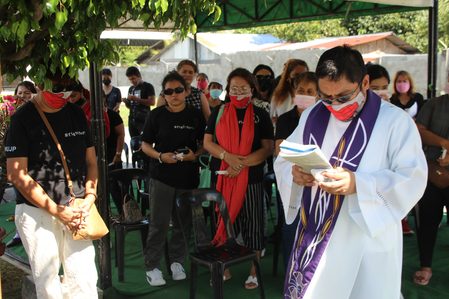

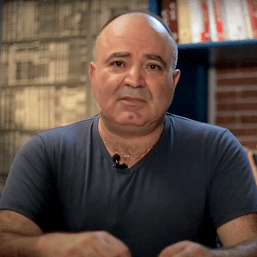
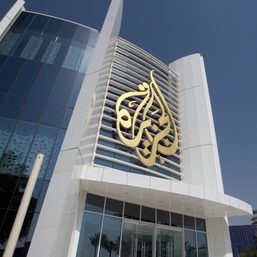
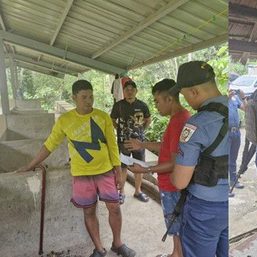
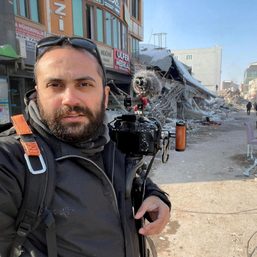
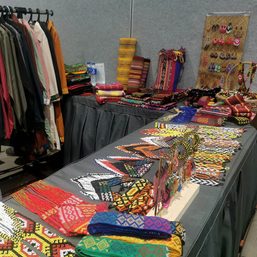

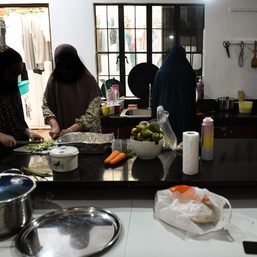
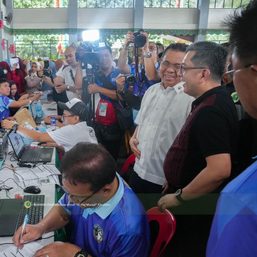
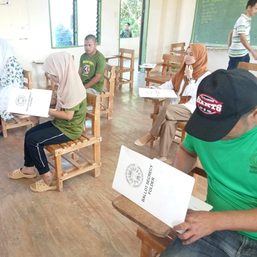
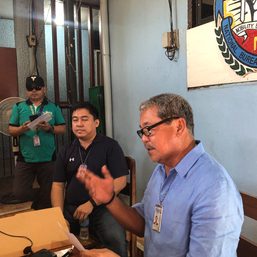

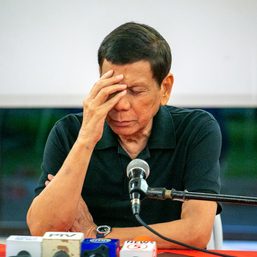
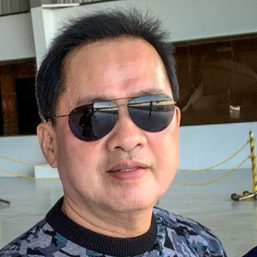
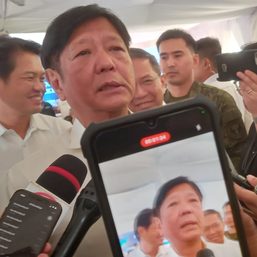
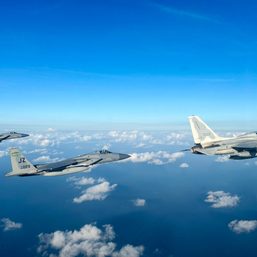
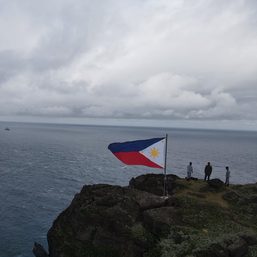
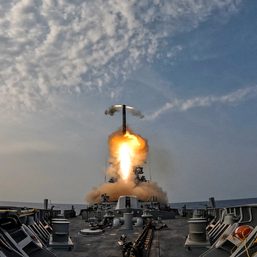
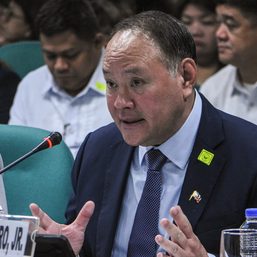
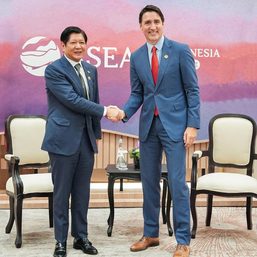
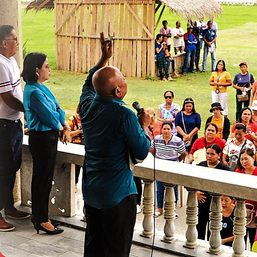
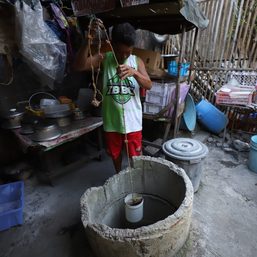
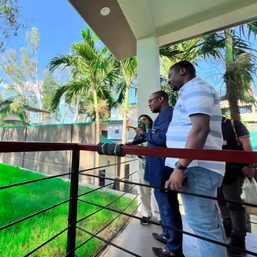
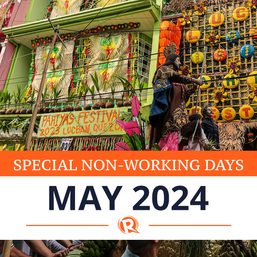
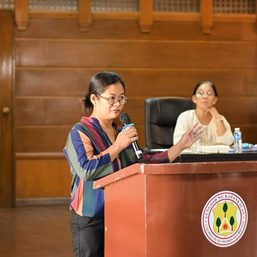
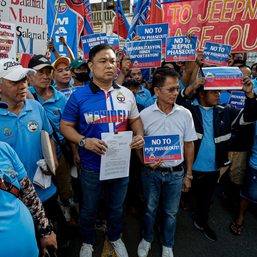
![[The Slingshot] Alden Delvo’s birthday](https://www.rappler.com/tachyon/2024/04/tl-alden-delvo-birthday.jpg?resize=257%2C257&crop=263px%2C0px%2C720px%2C720px)
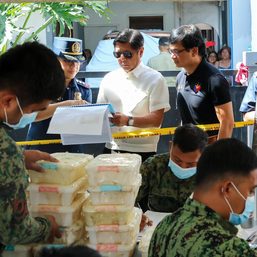
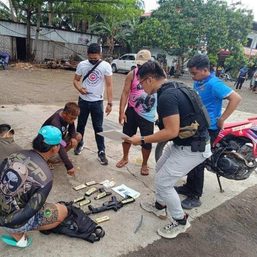
There are no comments yet. Add your comment to start the conversation.